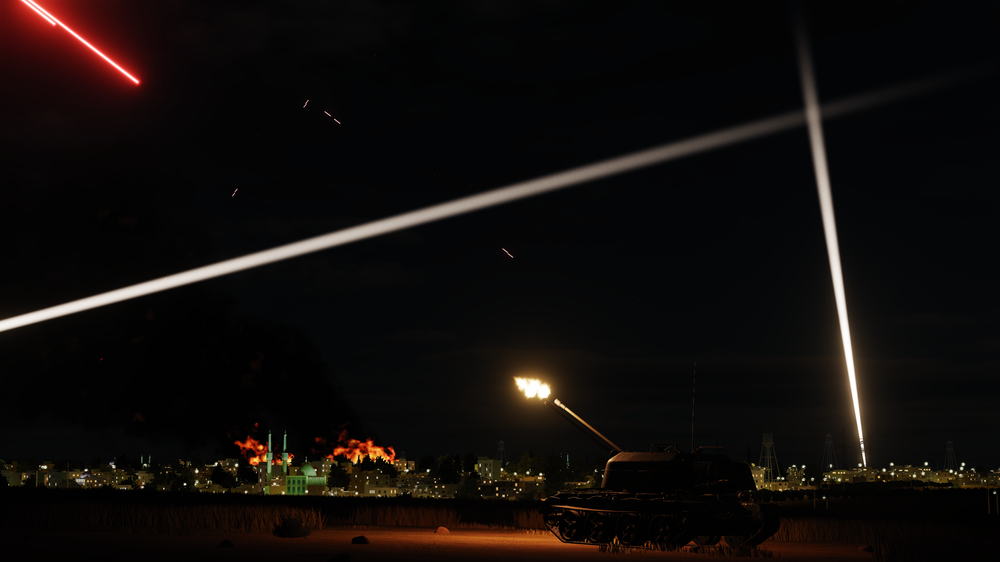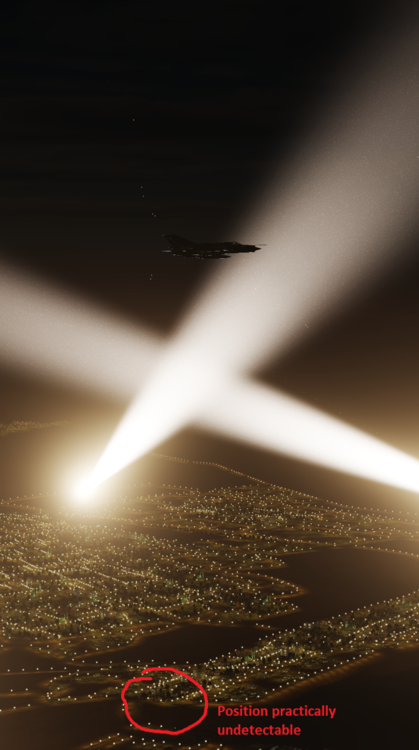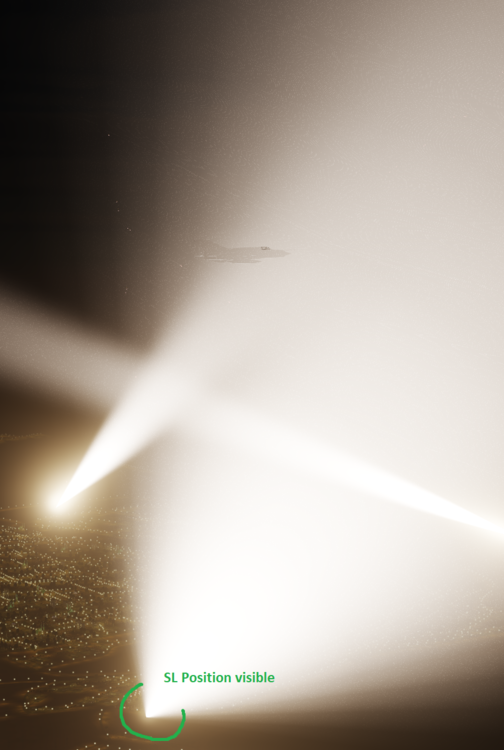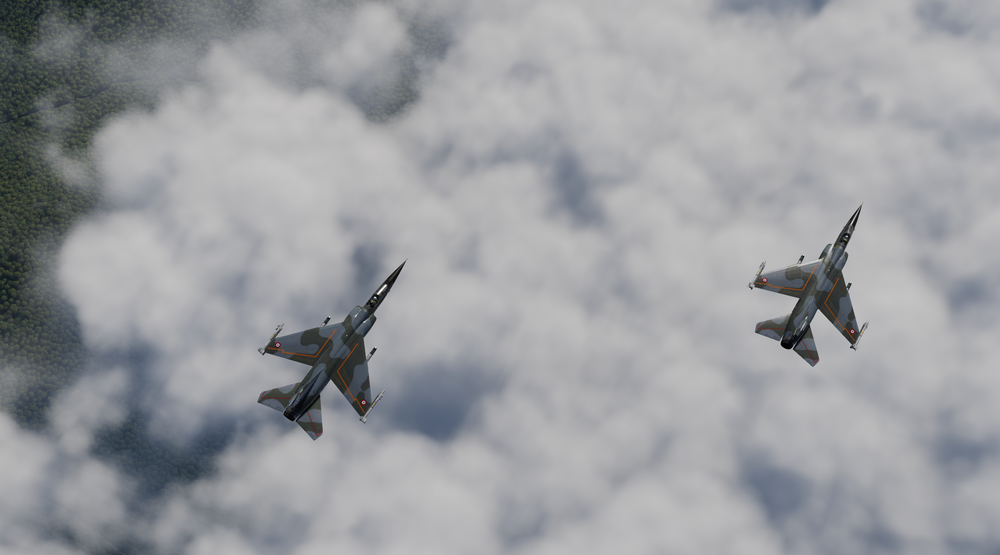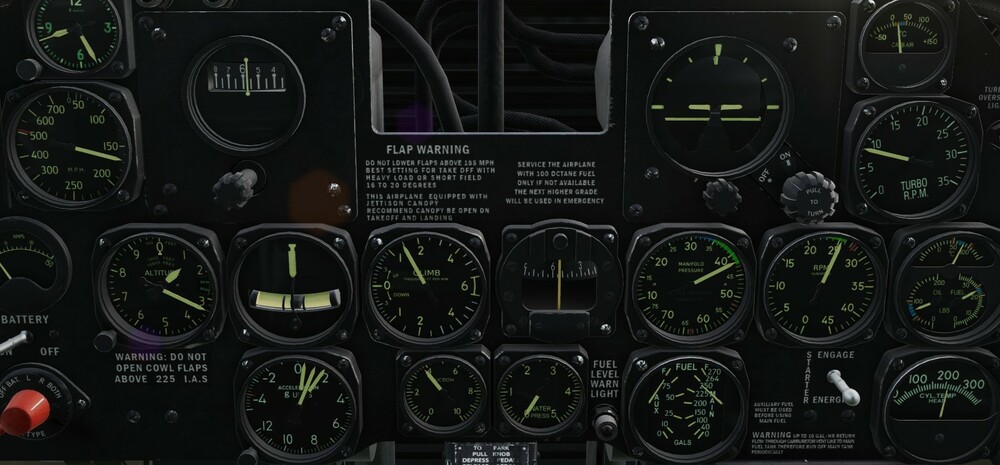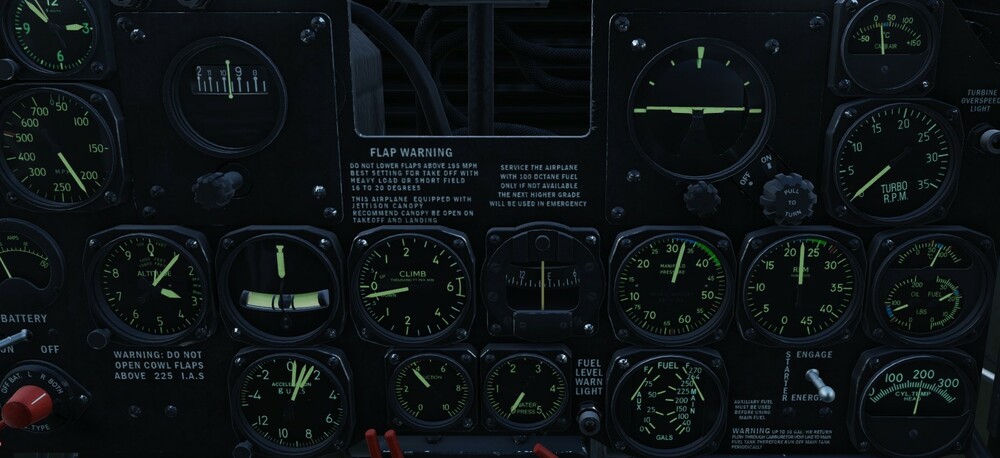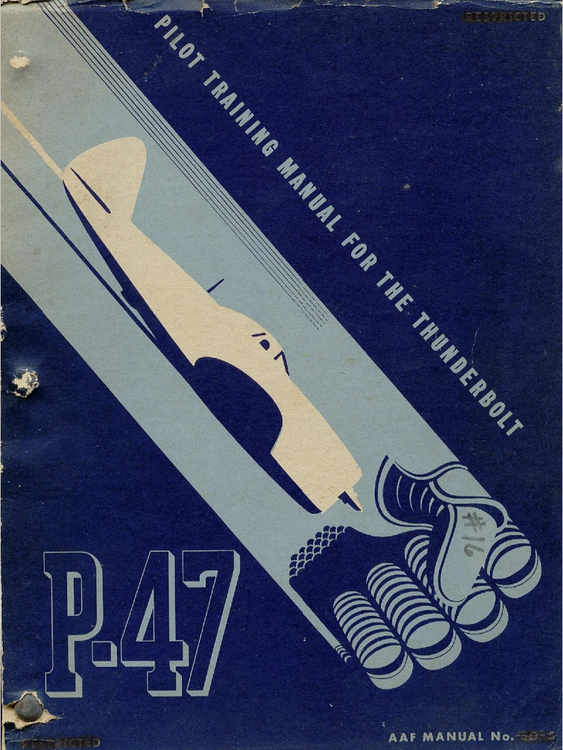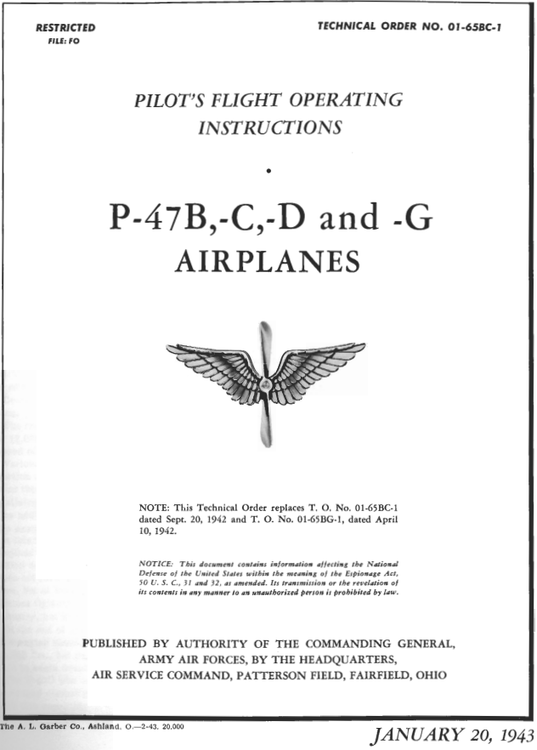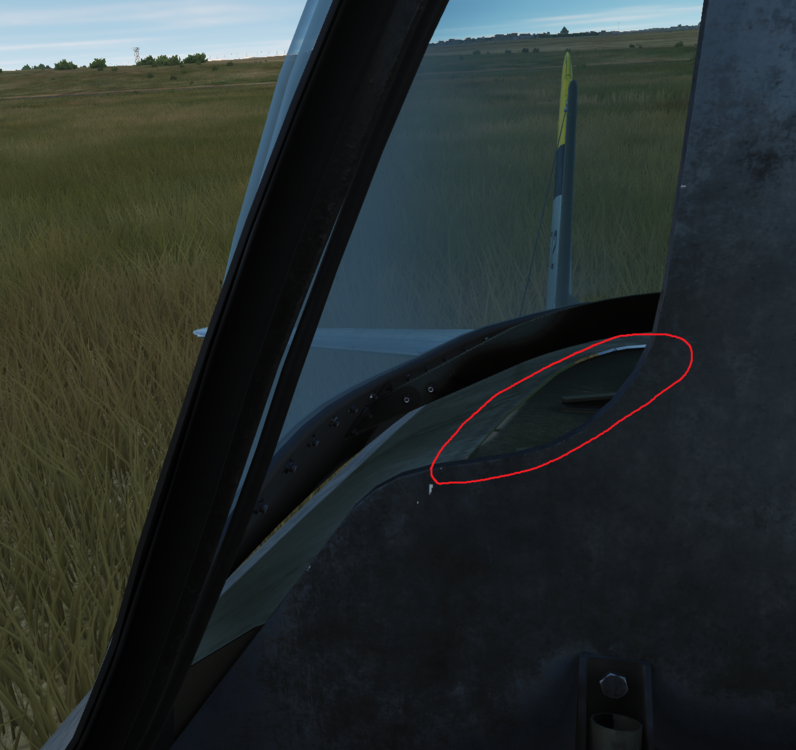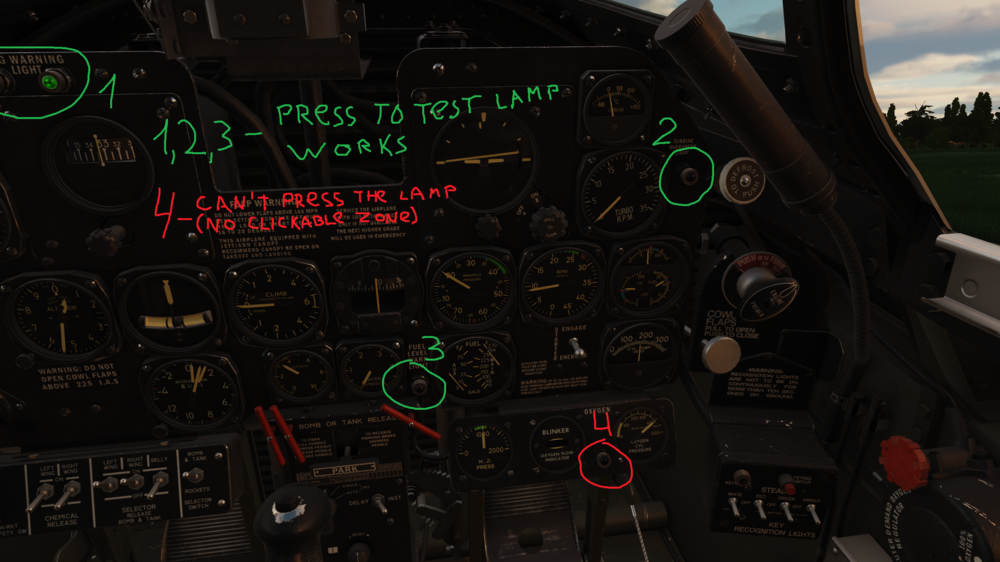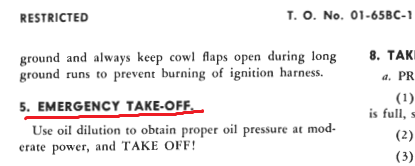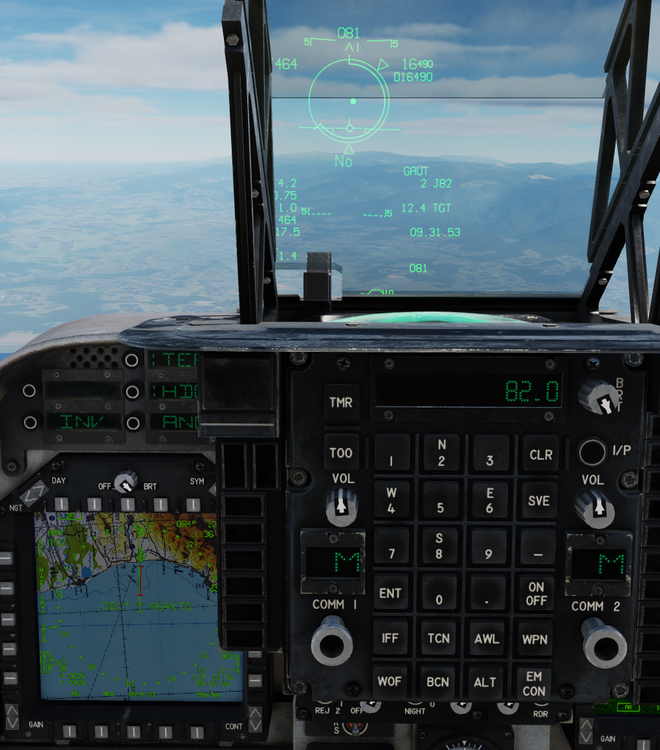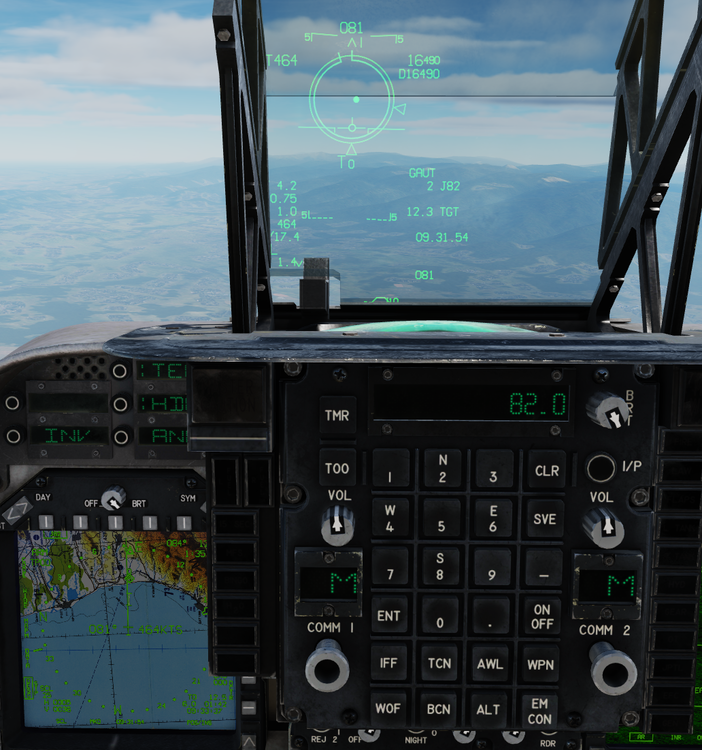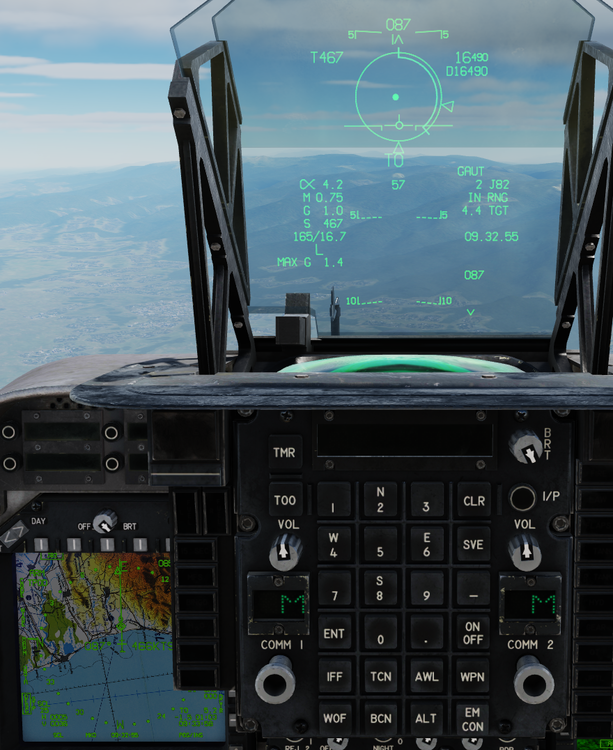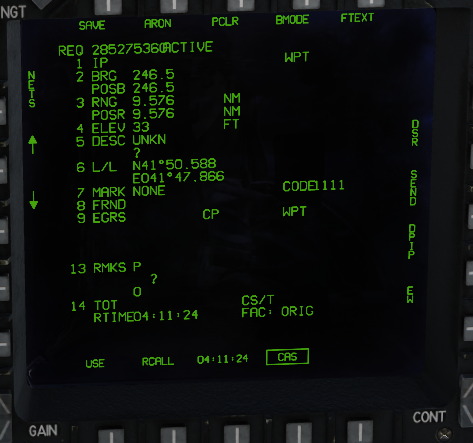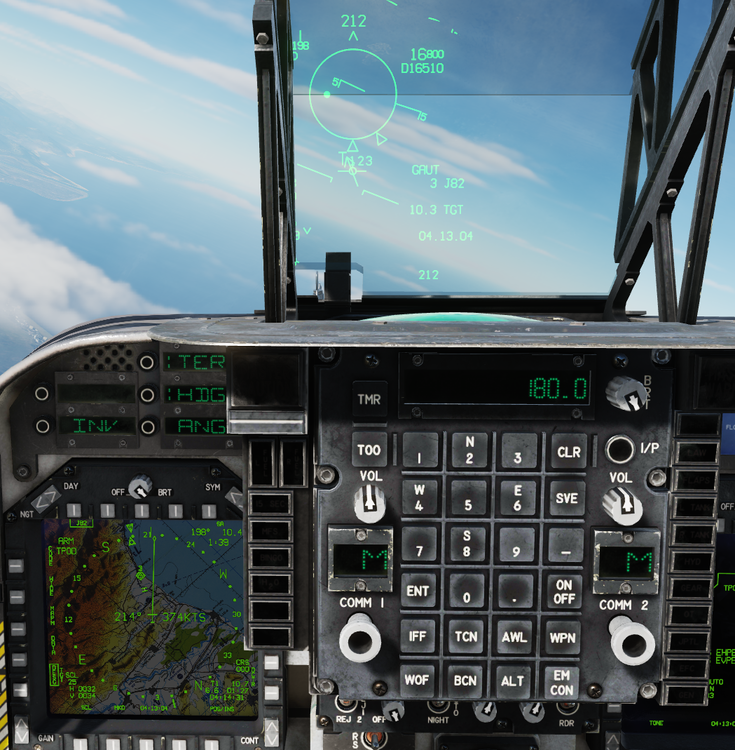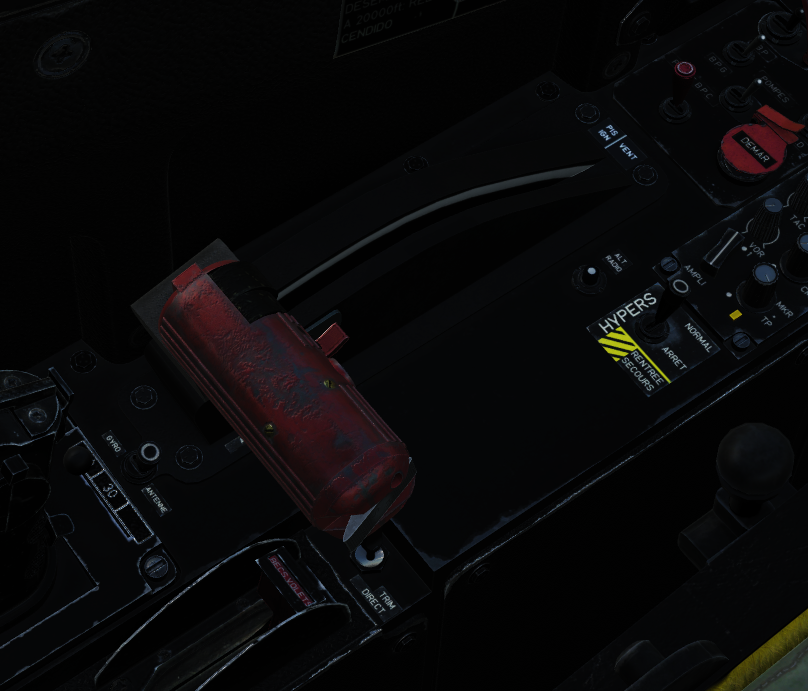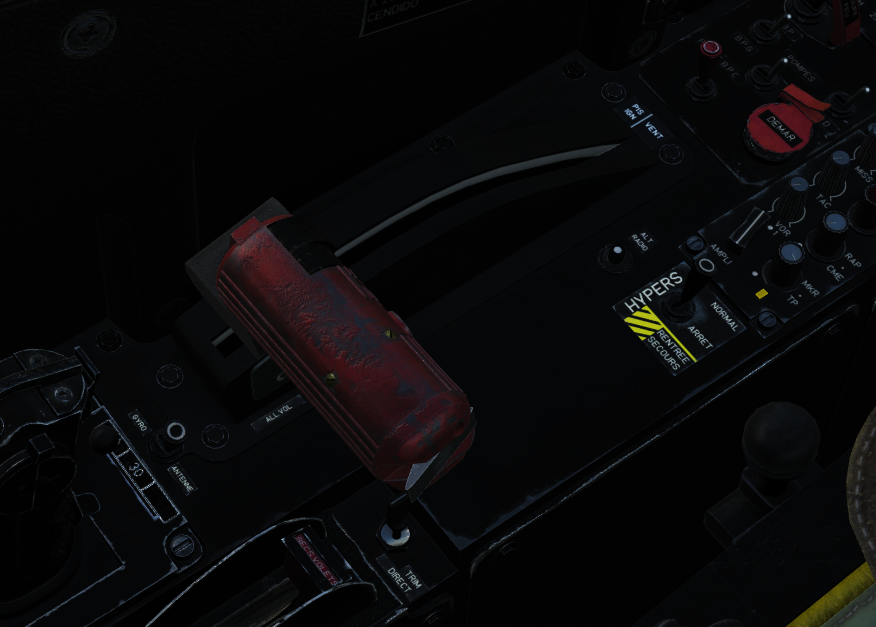-
Posts
280 -
Joined
-
Last visited
Content Type
Profiles
Forums
Events
Everything posted by Aernov
-
Searchlight and ПУАЗО-6 AAA fire control unit around SON-9 radar. We have German searchlights+KDO for FLAK in WW2 assets pack, so the technology is already in DCS, it would be cool to have versions of these in core DCS, available for all without additional purchases. And the ability to remove on-map light sources (town lights, street lamps etc.) in an area with a trigger zone similar to removal of objects would add a lot to night missions.
-
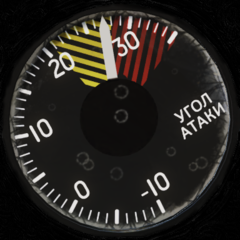
Search Light beam disappears when viewing directly in it
Aernov replied to razo+r's topic in Bugs and Problems
On the left - camera is outside of searchlight beam, on the right - inside the beam. The beam and "flare" around the projector itself disappears completely, while cockpit gets "washed out", not really flooded by bright light: -
But it has IFF transponder and already clickable switches for it on ACNIP. We also have IFF UFC buttin that is INOP currently.
-

solved Occasional high constant disk write activity during gameplay.
Aernov replied to Aernov's topic in General Bugs
Arise, topic! The issue returned with last update or with one of hotfixes... -
Now ground units can replenish ammo from trucks, it would be good to have more options like stationary ammo boxes, field warehouses, special ammo carrier vehicles like TZM 9T234. Maybe even helicopter-transportable container that rearms vehicles after being put down somewhere.
-
Aux hydraulic hand pump can be operated faster (it requires force to operate, but, AFAIK, pumping is happening on handle pull, it should return to the low position without significant resistance, i.e. easier/faster than it would go up), as well as engine primer is operated slower since it also is a hand operated pump (as seen in wartime training videos). Holding hyd. pump handle in upper position should have the same effect as with any hand pump - none. Instead of making this kind of workaround feature, why not adjust pump handle operating speed?
-
Frontlines would be more believable if we could place sandbags, trenches and dug-in gun/tank positions, preferably with the ability to put infantry or gun or tank inside manually (making a placeable object that recedes into terrain is probably impossible, so those could be imitated by making them raised above ground with long gradual slopes), breastworks, machinegun positions including fortified ones (wooden/concrete bunkers) barricades constructed from debris, different barbed wire setups, small fires, some stuff like period-appropriate crates, tents, field kitchens, fuel/oil barrels, vehicle repair shop equipment etc. Maybe even placeable textures showing craters and fresh dirt, military buildings and fortifications like V1 storage bunkers, field barracks, camo nets, fuel storage depots, some objects already present on Channel map. These things will be visible to pilots, especially ground attackers, and can serve as targets themselves, also, Combined arms is a thing.
-

[REPORTED] TPod SPI (T0) position shifts during plane pitch change.
Aernov replied to Aernov's topic in Problems and Bugs
Just to remind what a pain this can be: -
In the last update BMPs required 2-3 penetrators to the rear, pretty much the same as tanks.
-

LOW SUCTION/artificial horizon drift (EDIT: tracks added by Aernov)
Aernov replied to Jakey-Poo's topic in Bugs and Problems
Here are two screenshots, taken in flight after cold start, Channel map: 1) Max. continuous power in climb, suction gauge needle is barely over the bottom red line 2) Max economy in almost level flight, suction is at or slightly below bottom red line Shouldn't it be firmly in "green" zone even at idle power? -
Current cockpit textures (that replaced initial "dark" ones as a fix to make the interior lighter) look kinda low-res, especially the rough plastic cockpit elements (the little bumps are almost blurred out) and flat side panels like throttle base. Can these textures be reverted to original ones since we have new cockpit lighting?
-
That goes without saying with prop planes )
-
One of the flight manuals says nose-up is a possibility even while taxiing at "walking speed", This one while another states that there is no tendency to nose-up. This Which one is closer to reality, and is this well represented in DCS? Judging by the looks of P-47 it shouldn't be easy to nose-up, and currently it is practically impossible to do even with pretty high taxi speed.
-
This defect is not livery-dependent (first image is with custom livery, the second - with official one).
-
All the manuals I found were missing some pages. Is there a complete one?
-
Regardless of the time and reason of use, if the oil is cooler than normal operating temperature range (flight manual says < 70 deg. C is OK, but fuel would probably evaporate pretty fast at 60 deg. too), it should gradually lower pressure with dilution switch on, and it will be most noticeable at cold start. Diluting before shutdown is used in cold weather conditions to prevent excessive pressure rise on next prop turnover and startup AFAIK, and in DCS we pretty much get new plane every time.
-
It is not working still, does it?
-

[INVESTIGATING] JDAM terminal parameters seems to do weird things.
Aernov replied to Aernov's topic in Problems and Bugs
Here's the track:JDAM terminal parameters.trk Air start, 2 x GBU38 + TPod, point T0, term hdg entered as 082.0, angle entered as 45. LAR shrinked, not too much, but to around half of initial size. Hit probability count in the middle of LAR was around 60. Bomb followed set parameters. It seems that the system calculates release zone in such a way as to allow the bomb to fly at set terminal angle all the way from release to impact. - TERM not applied - TERM HDG 082.0 ANG 45 applied - in the middle of indicated LAR with set TERM EDIT: first flight results seemed different, bomb didn't follow impact angle and heading seemed to be reversed. Probably, further testing is needed. -
A little and not very important issue, but maybe it can be fixed easily? Sometimes it makes it difficult to quickly read the entry number.
- 1 reply
-
- 1
-

-
When I enter desired terminal heading (say, I'm inbound from 030 (flying 210), and enter TERM HDG 180.0 ANG 45) I get very short LAR zone on EHSD, and HUD hit probability count doesn't match LAR markers on the circle. Release without terminal parameters applied results in hit with angle of 80-90 degrees. Track will come later. ^-- with TERM - short LAR, and bombs seems to be trying to approach the target from 90 degrees angle (or even from the entered heading?)? and adjusting impact angle very close to target. ^--without TERM applied everything seems to be working, but released bombs fall with an angle of 80-90 degrees. Can this reduce calculated release range?
-
Yep, blur effect "source" seems to be placed slightly too deep in the nozzle so it clips with the nozzle edges.
-
I thought ARTHUR just affects pitch control by limiting it at high speeds (similar to MiG-21s ARU system), but there definitely are yaw dampener, and it seems ineffective since it doesn't compensate even for slow rolls at low AoA. I am not a pilot, but roll-associated yaw at low AoA does seem kinda excessive with minimal aileron deflection, with high roll inputs it feels right since there are spoilers above the wing that deploy at high lateral stick deflections. And fore me F1 seems pretty stable overall, I use WarBRD base (no extensions) with no curves and it controls a lot smoother than MiG-21, without pitch oscillations (well, unless you yank the stick hard). Did you use combat flaps in dogfight?
-
I think our desktop throttle controller has full in-cockpit throttle lever range, including cutoff zone. Currently on cold start throttle is placed at idle for some reason (shouldn't it cause overtemp or fire on startup?), if you put it in cutoff by pressing the cutoff flap underneath the lever, it goes back and starts moving without percieved deadzone until it goes over the cutoff lock. Then it won't normally go behind that lock position while our controller is not locked out of cutoff range and goes fully back, thus giving this perceived deadzone. -idle position -cutoff position EDIT: MAXsenna already described this



